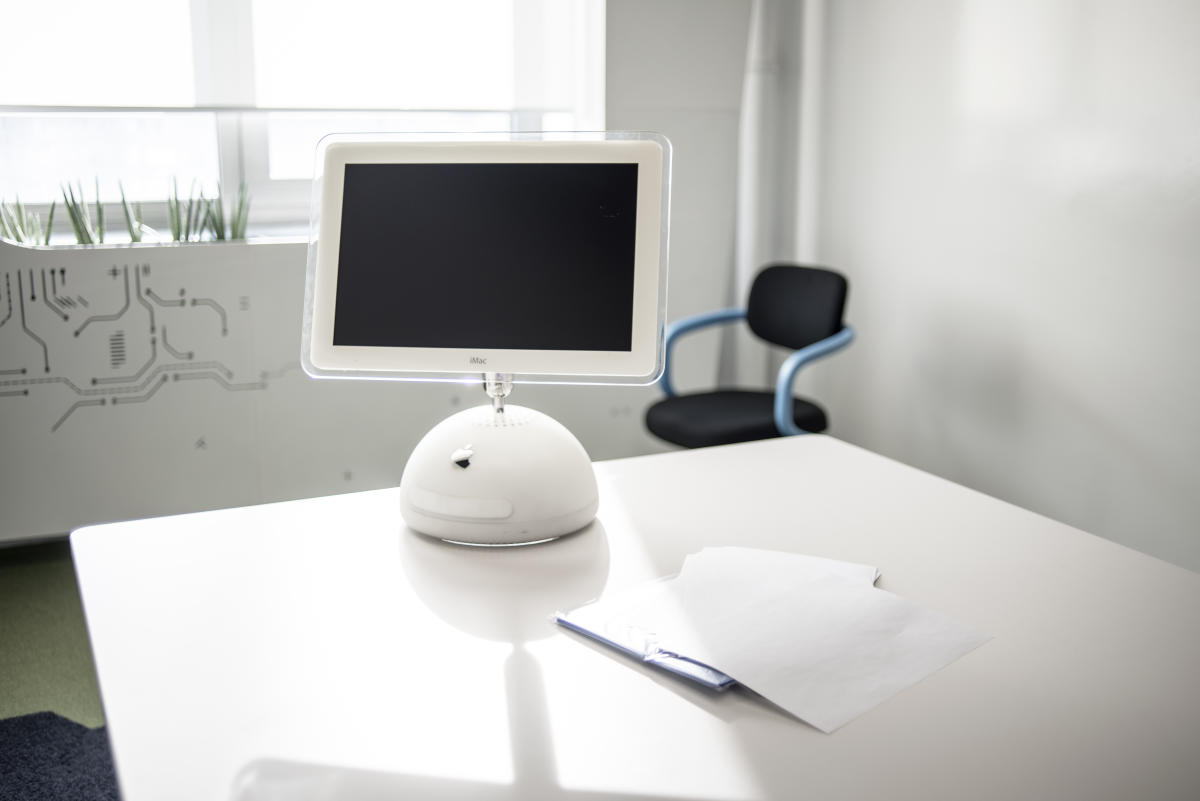Coral bleaching has been gaining notoriety as one of the most severe threats to oceans globally. Experts worry 2024 could be the worst year yet with the fourth global coral bleaching event on record impacting reefs in at least 62 countries and territories worldwide.
These warm water anomalies, driven by climate change, threaten the survival of these vital marine ecosystems. Unless significant efforts are made the walk into the future will be slippery.
The coral reefs play a very important role as far as fisheries and tourism are concerned. They safeguard the coast and keep the coastline in check. The coral reefs form the foundation of the marine ecosystem and have their own ecosystem as well. So, if they are bleached then the economy of regions relying on such practices will degrade.
What is coral bleaching?
Corals are invertebrate animals that harbor algae cells called ‘zooxanthellae’ in their tissues. They share a symbiotic relationship and give corals their color. Coral bleaching is a defense mechanism for corals from external stressors.
“Most of the reefs in the Andamans are dying. 2024 might be the worst year in history for the marine ecosystem. The last time coral bleaching was seen as a huge threat was in 2010,” Diksha Dikshit, a marine biologist from the Andamans, told THE WEEK.
When the corals try to conserve their energy there is an expulsion of algae. When these algae are absent from the corals, they lose their color and appear white, this phenomenon is termed as coral bleaching.
A bleached coral is not necessarily dead, if conditions improve the algae will come back into the limestone structure and give back its color. Also, if water temperatures are regulated with enough sunlight to perform photosynthesis, the algae can survive.
A devastating chain reaction
A warming planet means a warming ocean. Coral bleaching impacts people’s livelihoods and food security. Coral reefs and natural barriers keep the coastal communities safe by absorbing the force of waves and storm surges. Without them, manmade seawalls will have to be made which damage the environment and are not cost-efficient.
Coral reefs are home to reef fish that hide in corals from predators or depend on corals for food and predatory fish come to the reef to hunt. Bleached corals alter the food web, breaking links between the food chain. Reef tourism is a major source of revenue and supports thousands of jobs. Bleached coral reefs, devoid of magnificent marine species, jeopardize it all.
Beyond temperature: A multifaceted problem
Corals can also bleach for other reasons like extremely low tides, pollution and lack of sunlight. Increases in intensity of cyclones, ocean acidification, extreme weather events, water pollution, overfishing and coastal development are also taking a toll on coral reefs.
Carbon pollution threatens reefs worldwide and remains their biggest threat. This has led to mass coral bleaching on The Great Barrier Reef and coral reefs globally. Even Chemicals in sunscreens have been proven to be harmful to corals.
“If we continue burning fossil fuels at the current rate then severe bleaching events are likely to hit reefs annually by the middle of the century,” says the Australian Marine Conservation Society.
Beyond the reef: global impacts
There is a significant boom in the diving industry and tourism. Since profitability is considered more important than a degrading environment. Employing individuals who are not trained or educated about the marine ecosystem while hoping to cut costs will cause more harm than good in the long run.
“Divers directly and indirectly have a role to play in bleached corals. Touching or kicking it during dives or equipment being mishandled by people who are not trained professionally can stress the algae on corals,” says Sahil a scuba diving instructor at DIVEIndia since 2012.
The power of change: sustainable practices in tourism and fishing
If we want to find a balance between coral reefs and economic development, we must bring back age-old practices and create a sustainable practice.
Although the profits generated might not be as much as using machinery, they will be healthier and more sustainable for the ecosystem. The fishing practices used currently are not species specific leading to overexploitation.
Exploring artificial reefs as a solution
Human greed must be put to an end if conservation methods must be effective. “Assisted evolution, wherein more resistant corals are created and genetically modified makes corals adaptable to changing environmental conditions, making artificially modified corals more efficient” says Diksha Dikshit. According to her, although this might be effective, its implementation is not feasible. Considering how it cannot be executed everywhere.
“We thoroughly cleaned paint, oil and other hazardous pollutants from an old scooter and sunk it to the bottom of the ocean in the Andaman Islands. This artificial reef enabled the growth of corals,” Sahil told THE WEEK.
DIVEIndia is India’s largest dive center, with operations in the Andamans and training centers in Delhi, Mumbai, Chennai and Bangalore. Andamans marine biodiversity and warm water make it the perfect dive destination They offer dive trips to some of the leading dive destinations across the world.
They work similarly to ships sunken due to shipwrecks. Corals can settle on these ships and other artificially planted objects and serve as homes to fish and other species.
On June 18, 2011, Thailand’s Department of Marine and Coastal Resources sank the ship off the coast of Koh Tao with the idea of forming a new artificial reef.
“The science behind genetically engineered drought-resistant crops serves as a blueprint for enhancing heat resistant coral reefs,” says a report by storymaps.com”
A beacon of hope: Success stories in coral conservation
A beach in Andaman, home to the Dugongs or sea cows were debated on being open to water sports. Diksha Dikshit was able to gather enough support to ensure that human intervention did not destroy another region in these Islands. Currently without funds or permits conservation efforts in real time are difficult. Wenzel, a marine researcher at the Nature Conservation Foundation (NCF) has been following a pattern on the archipelago by conducting research on corals through photography in Lakshadweep. The reef ecosystems are photographed and studied in depth through the images.
Although monsoon showers are a temporary solution, they decrease the water temperature which in turn prevents the corals from bleaching.
“10 days ago, in the Andamans, we experienced a heavy storm. The rain has cooled the water temperature down which has enabled bleached corals to slowly recover. Nature is doing its part, why aren’t we?” A question that leaves Sahil pondering.











































































































































































You must be logged in to post a comment Login